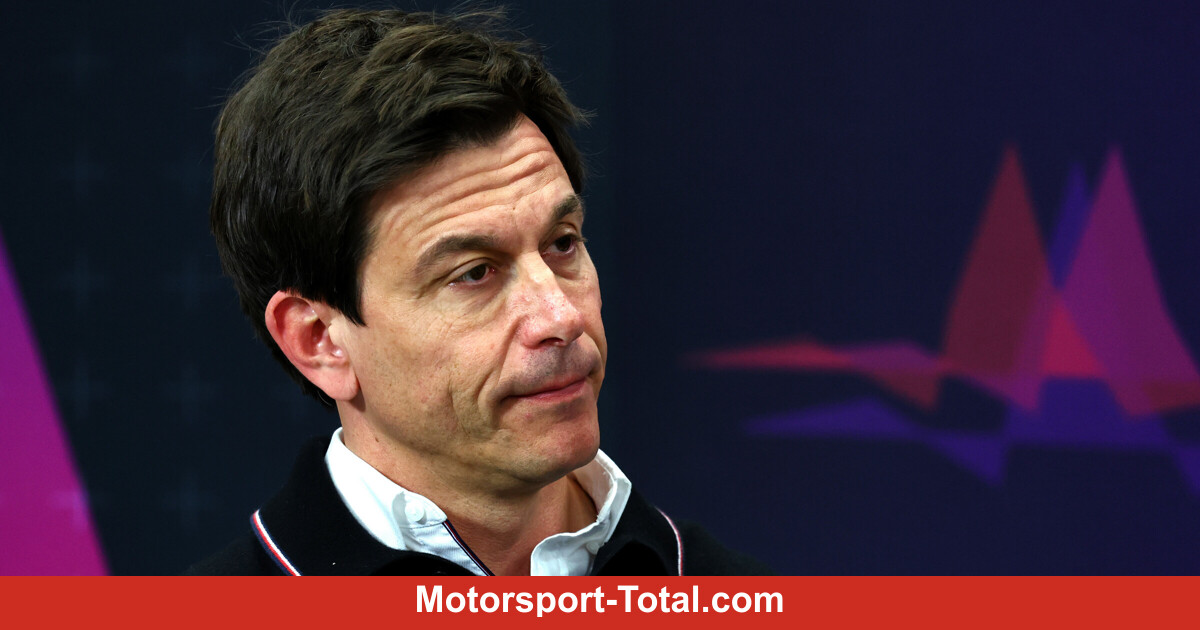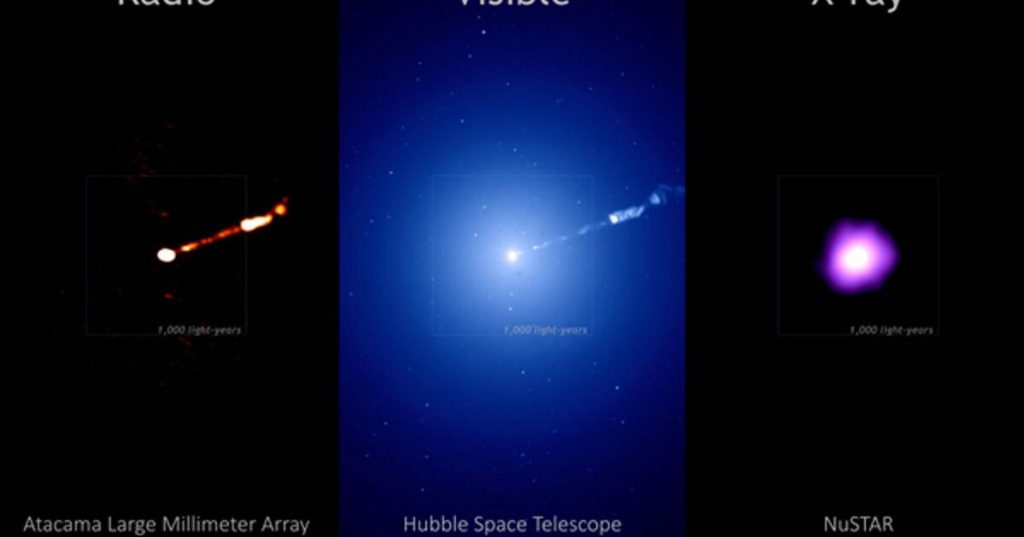Updated April 15, 2021 at 8:53 pm.
- Astronomers provided the first image of the black hole just two years ago.
- A total of 19 observatories have now examined the object in more detail.
- The observations exceed experts’ expectations.
The Event Horizon Telescope (EHT) – a global network of radio telescopes – is exceeding astronomers’ expectations. Especially in combination with observations in other wavelength bands, the EHT provides detailed insight into the surrounding regions. A supermassive black hole In the center of the galaxy M87.
The data now available to scientists around the world will not only be able to provide new insights into the complex physical processes involved in matter falling into a black hole. As the researchers reported in The Astrophysical Journal Letters, the observations provided by EHT also allow close verification of Albert Einstein’s General Theory of Relativity.
A supermassive black hole under a magnifying glass
The “Event Horizon Telescope” collects radio antenna measurements around the world, thus achieving the accuracy of a telescope the size of Earth. In April 2019, EHT made headlines when it was first with the Telescope Network A “photograph” of a supermassive black hole Succeeded.
The image recorded in the radio band shows the hot disk of matter around 6.6 billion solar masses from the black hole at the center of galaxy M87, 55 million light-years away.
Scientists then examined this supermassive black hole not only with EHT, but also with many other telescopes observing at other wavelengths: in the range of visible light, infrared, high-energy X-rays and gamma rays.
A total of 19 observatories and nearly 200 research institutes with 760 scientists participated in the observations. It is the largest simultaneous observation campaign ever conducted of a supermassive black hole.
This dataset is unique
“This unique data set is essential for our understanding of physical conditions in the immediate vicinity of one of the most massive black holes in our cosmic neighborhood,” explains Stephanie Comosa of the Max Planck Institute for Radio Astronomy in Bonn. At EHT.
Thanks to their enormous gravity, black holes attract matter from their environment, which collects and heats up in an extremely fast spinning disk. From there, only a portion of the matter flows into the black hole.
Strong magnetic fields ensure that matter is ejected from the rotating disk into powerful bundles of matter called “jets” by astronomers – at nearly the speed of light away into space.
“These jets were able to transmit the energy released by the black hole at scales larger than the host galaxy,” explains EHT astronomer Serra Markov of the University of Amsterdam. “The obtained results will help us in calculating the amount of energy transmitted and the effect of black hole jets on its surroundings.”
Accurate tests of general relativity
With publication, EHT network scientists are launching the huge dataset of their observations for the M87 center. This means that any interested astrophysicist can analyze the data on their own and use them in their own investigations.
Several research groups around the world are working hard to see if their models match the enriching observations of EHT.
Additionally, some scientists are planning to run high-resolution tests of general relativity on the data.
Meanwhile, observations continue with the “Event Horizon Telescope”: This week, astronomers will target EHT M87 as well as the supermassive black hole at the center of our Milky Way and several distant black holes for six nights. (ff / dpa)

“Subtly charming coffee scholar. General zombie junkie. Introvert. Alcohol nerd. Travel lover. Twitter specialist. Freelance student.”







More Stories
A mysterious discovery on Mars – NASA team talks about “tire tracks” or “dragon scales”
iX Workshop: Passwordless authentication using passkeys, FIDO, SSO, and more
Self-comparison against LCD and OLED